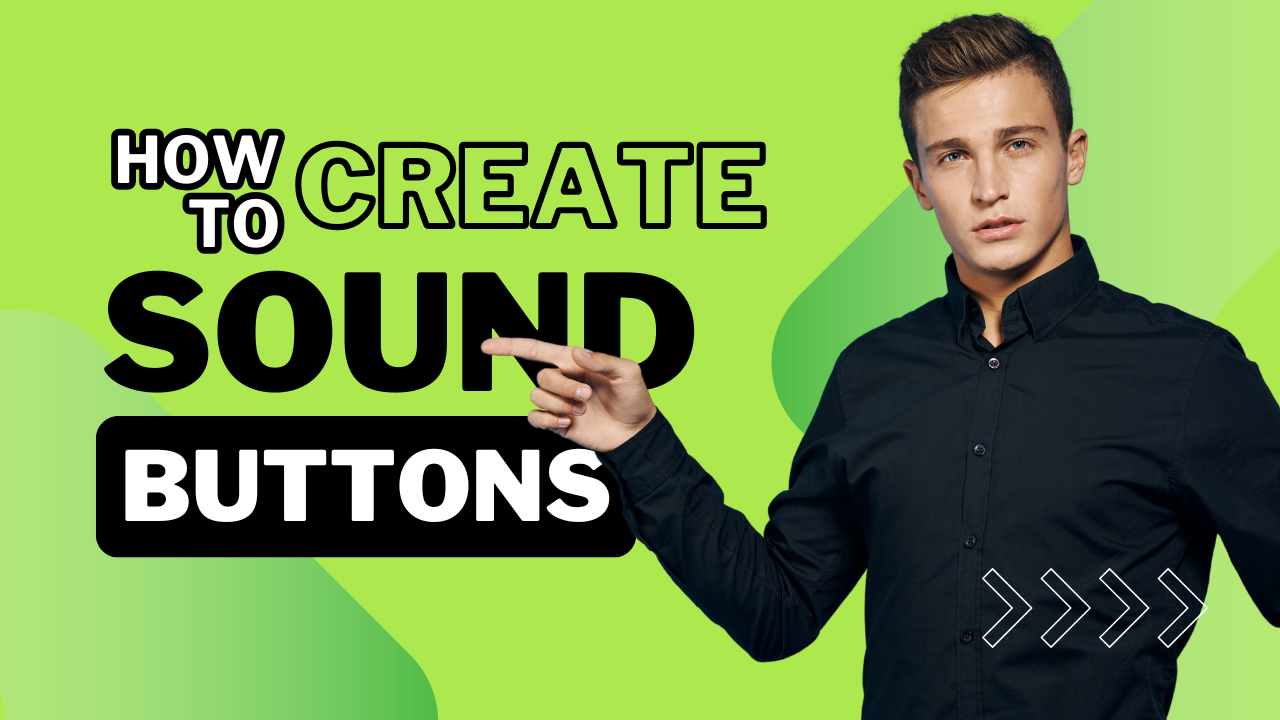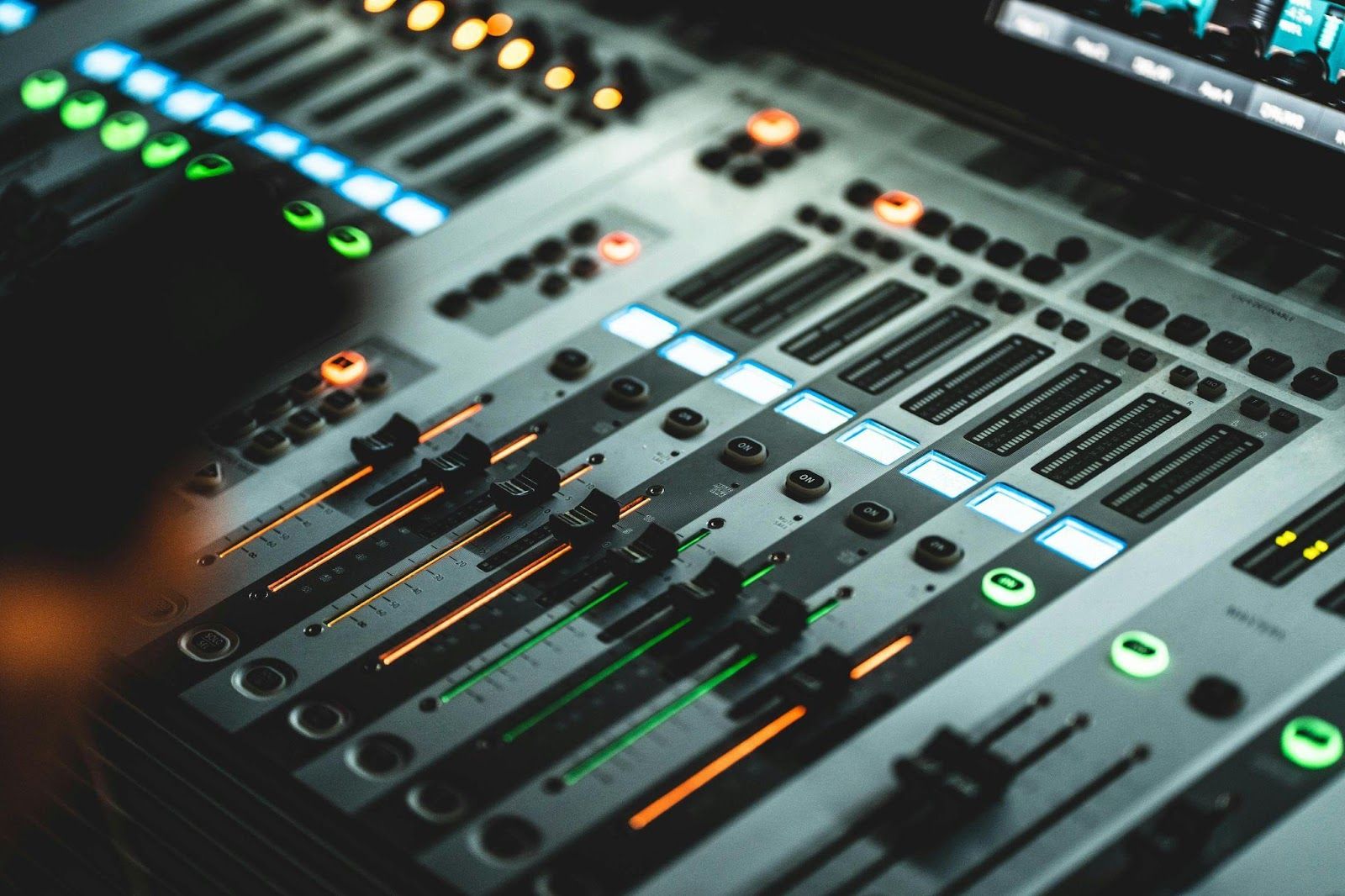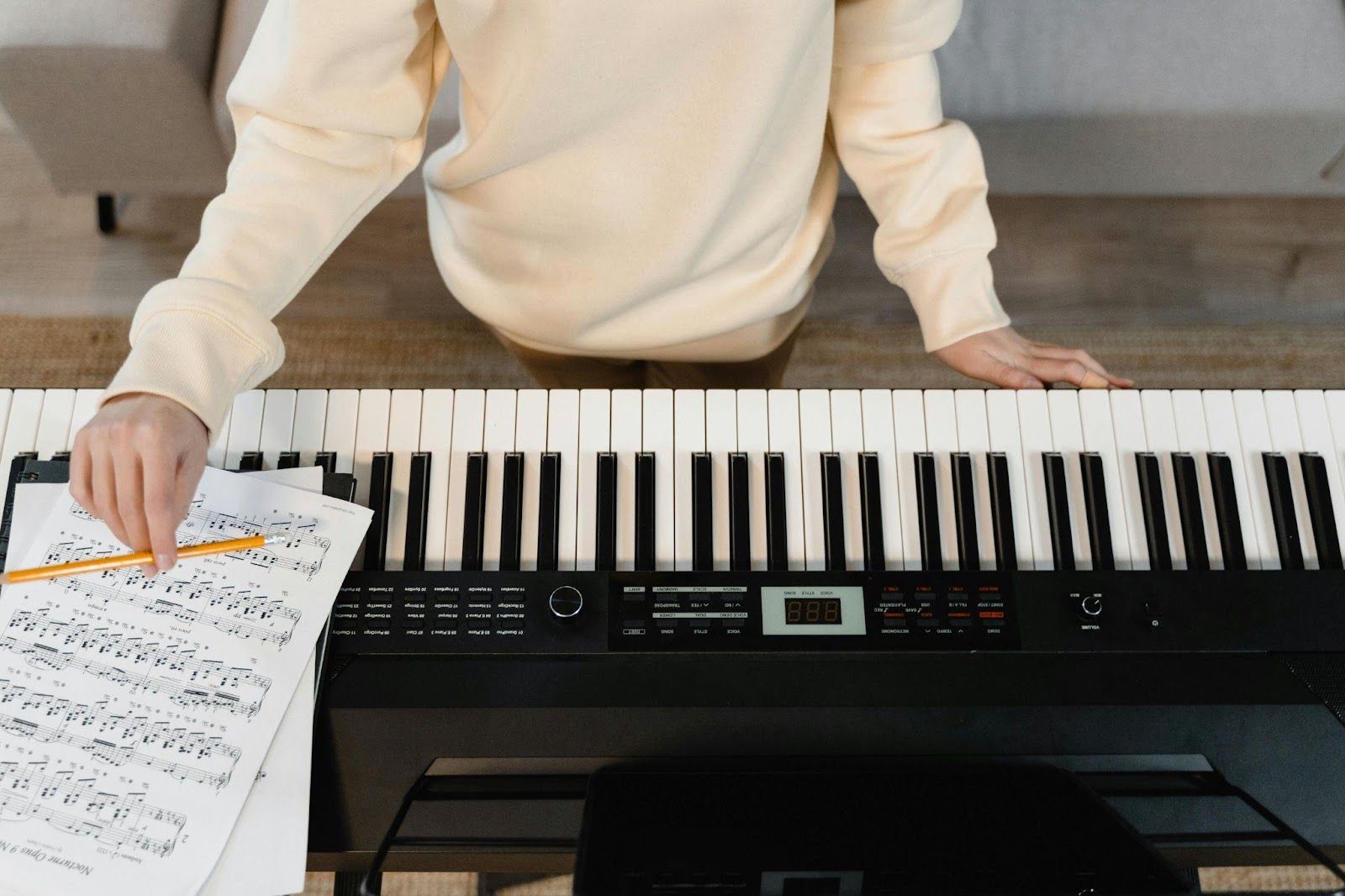Step-by-Step Guide: How to Create Your Own Custom Sound Buttons
Sound buttons have become an incredibly popular and fun tool for entertainment, education, and productivity. If you’re a teacher eager to make lessons more attractive to your students, a content creator trying to make their videos pop, or just someone who enjoys clever sound effects, custom sound buttons are the solution you are looking for. This tutorial will guide you through the entire process of making custom sound buttons directly from your browser.

What Are Sound Buttons?
Sound buttons are buttons that play one specific sound when pressed, and these can be digital or physical. They can be anything from applause, laughter, and buzzer sounds to custom voice recordings or sound effects. They are commonly used in:
Interactive lessons in classrooms.
Podcasts or videos, live streams, etc.
Over 100 Games and Apps to improve productivity
Entertainment to provide laughs or drama.
Why Create Custom Sound Buttons?
Designing your own sound buttons puts you back in charge of the sounds you want to use. Composite type, there are some reasons to give it a shot:
It has the familiar image of the spiderweb but with colorful choices.
Creativity: Design sound buttons for a particular project or theme.
Fun: There is nothing more satisfying than creating sound tools that you can use within your own projects.
Engagement : Grab attention in classrooms, events or virtual catch-ups.
So, let’s get into it step by step!

Plan Your Sound Buttons
So before you leap into creation, you should plan:
The purpose — What will sound buttons be used for?
Sounds Needed — What do you need applause, laughs, animal sounds, a voice recording?
Num Buttons — How many buttons you are going to make.
And jot your ideas down, putting together a checklist of the sounds you’re seeking.
Gather or Create Sound Files
You’ll want the audio files for your sound buttons. Here’s how you can get them:
Download Pre-made Sounds :
And there are plenty of websites to find free or paid sound effects out there:
Freesound.org
SoundBible.com
Zapsplat.com
Then check licensing rules and download the files in common audio formats such as MP3 or WAV.
Record Your Own Sounds
For something really one of a kind, record your own sounds:
Get your phone, or a microphone.
Don’t stop: keep recording in a quiet room free of any background noise.
Export your audio in an appropriate format.
Edit Audio Files :
Free tools such as Audacity and online editors as Online-Voice-Recorder will help you cut any unwanted portions and make adjustments to your audio files to improve your content.
Choose a Platform for Your Sound Buttons
There are two primary methods for making sound buttons.
Option 1: Sound Buttons for Each Scene
If you need real, physical buttons:
Purchase devices such as Makey Makey or Stream Deck and program them.
Connect the Device to Your Computer.
Drag and drop your sounds on each button.
Option 2: Digital Soundboards
Some examples are (for virtual sound buttons):Soundboard Studio (iOS)
Sound buttons World (Windows/Mac)
Sound Buttons Zone (Online Tool)
These tools let you upload your audio files and bind them to virtual buttons.

Upload and Assign Your Sounds
Having decided on your platform, you can move on to assigning each sound file to each button:
Launch the soundboard app or your device software.
Upload your audio files.
Use a sound for button, assign these sounds to buttons
Clearly mark your buttons to alert users what their functions are.
Tips for Organizing Sounds:
Group similarly sounding noises (applause vs laughter vs buzzers).
Use color codes or icons for identification at a glance.
Test Your Sound Buttons
Make sure your sound buttons work correctly before sharing or using them:
Check each button play the expected sound.
Set volume levels uniform across the board.
Fix any delays or glitches.
This makes sure you'll have a seamless experience whenever you use the buttons in practice.
Customize Appearance
If you’re using physical buttons, or advanced digital soundboards, you can customize the looks:
Stick stickers or labels on physical buttons
Soundboard software makes use of themes or custom layouts.
Make buttons shaped as simple or fun icons or colors.
Adding custom tags is also a good idea to make your problems personalized and you can easily find them.
Share and Use Your Sound Buttons
Congratulations! Click the sound buttons; they work best. Now you can:
You can use them on live streams or presentations.
Email them to friends or colleagues.
Introduce them in classrooms or at events.
If you’re using a digital soundboard, certain platforms allow you to share sound sets with others.
Future Trends in Sound Buttons
Sound buttons have come a long way with the advancement of technology. Future trends include:
AI SONGS: Sounds for your buttons to hit and adapt in real-time.
Voice Activation Buttons: Just speak a command, don’t press.
Integrating a rerecording with Smart Devices: Smart home assistants might use sound buttons for automation
With the guidance of these trends, you can remain abreast of what you can achieve with your custom sound buttons.
Final Verdict :
Find out how to make your very own sound buttons. These sound buttons can bring a whole new level of excitement to the classroom, your content, or just having fun with friends.
With this step-by-step guide, however, you have all the information to make your own sound buttons. So, experiment, get creative, and above all, enjoy pressing those buttons!
Happy sound-making!